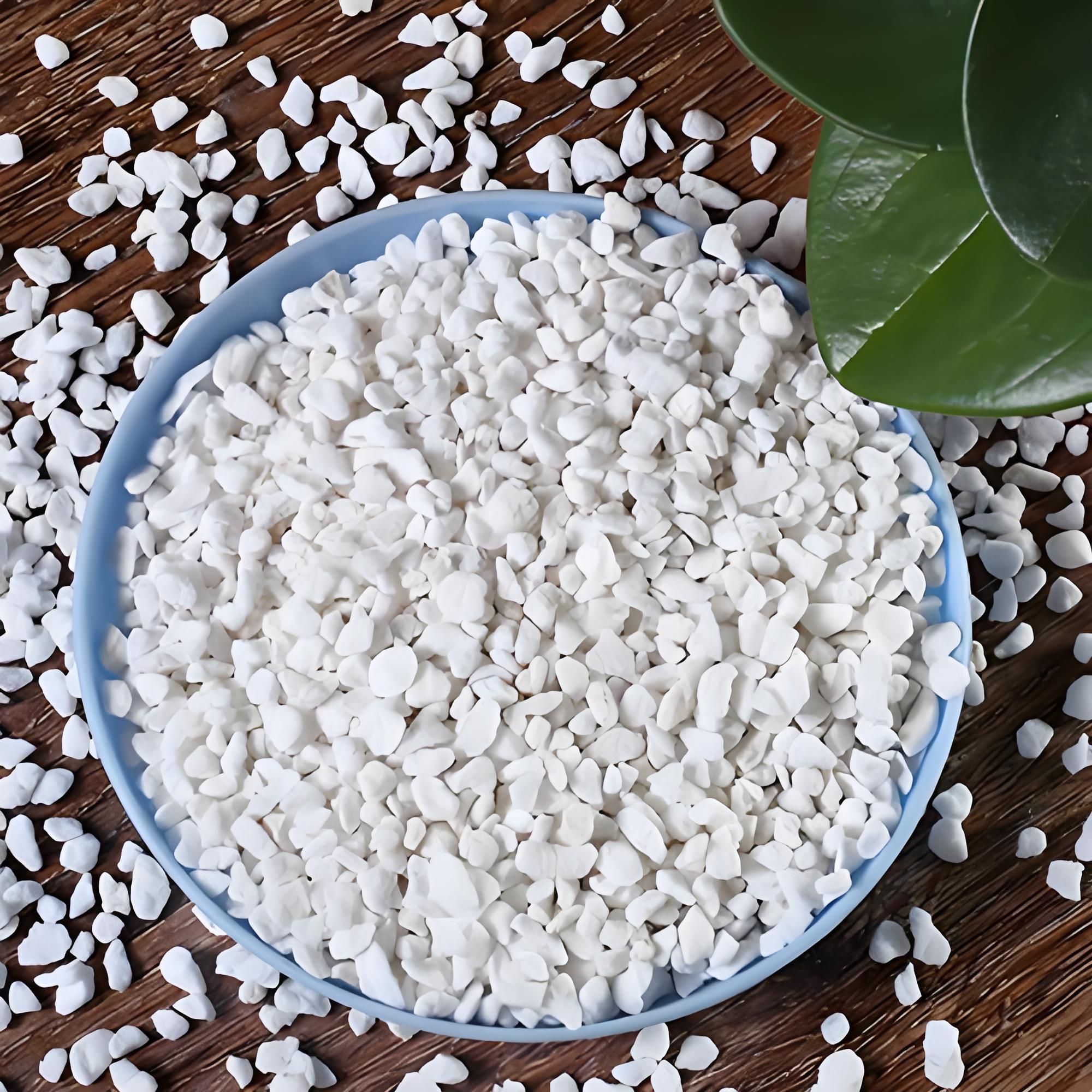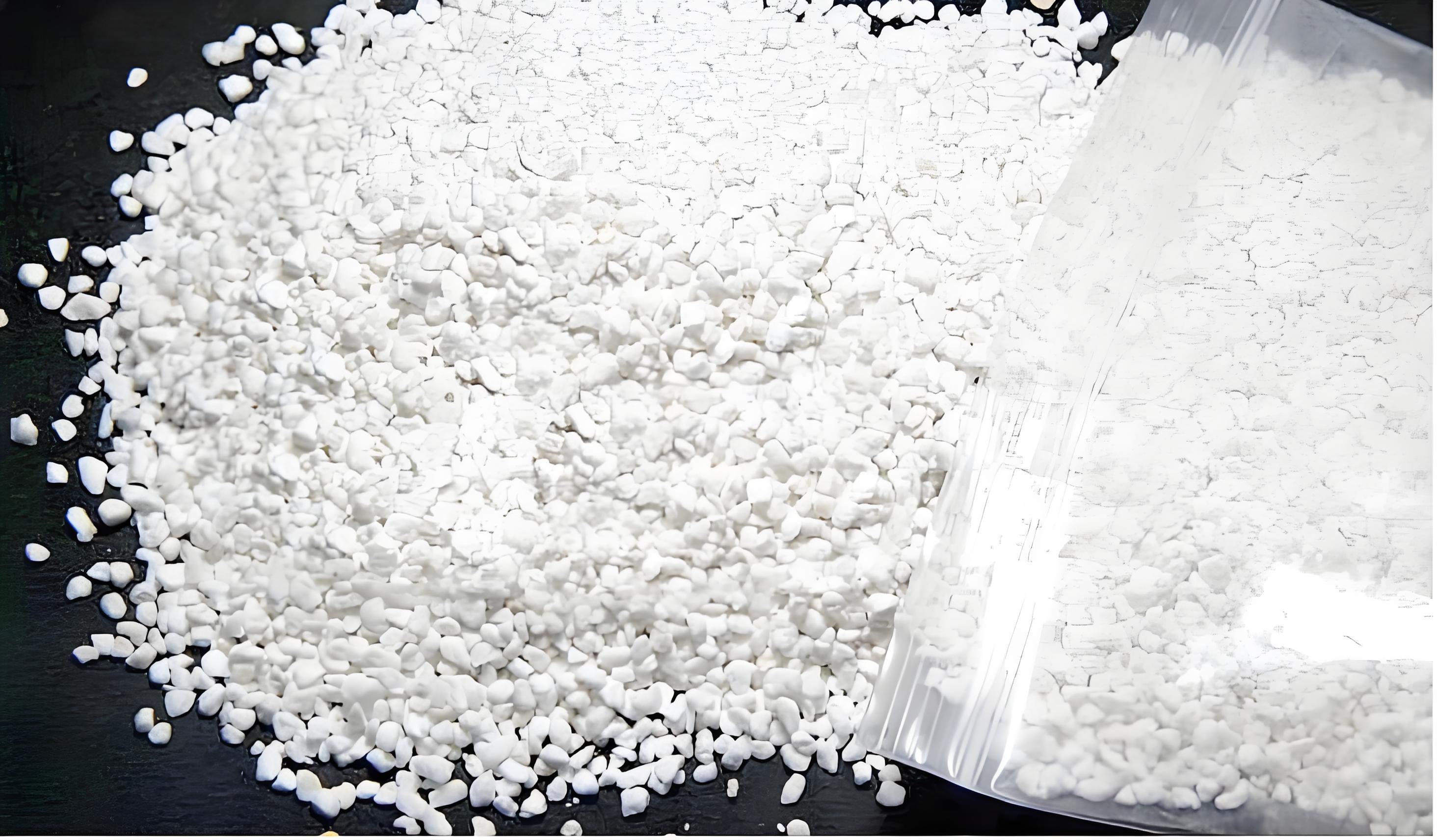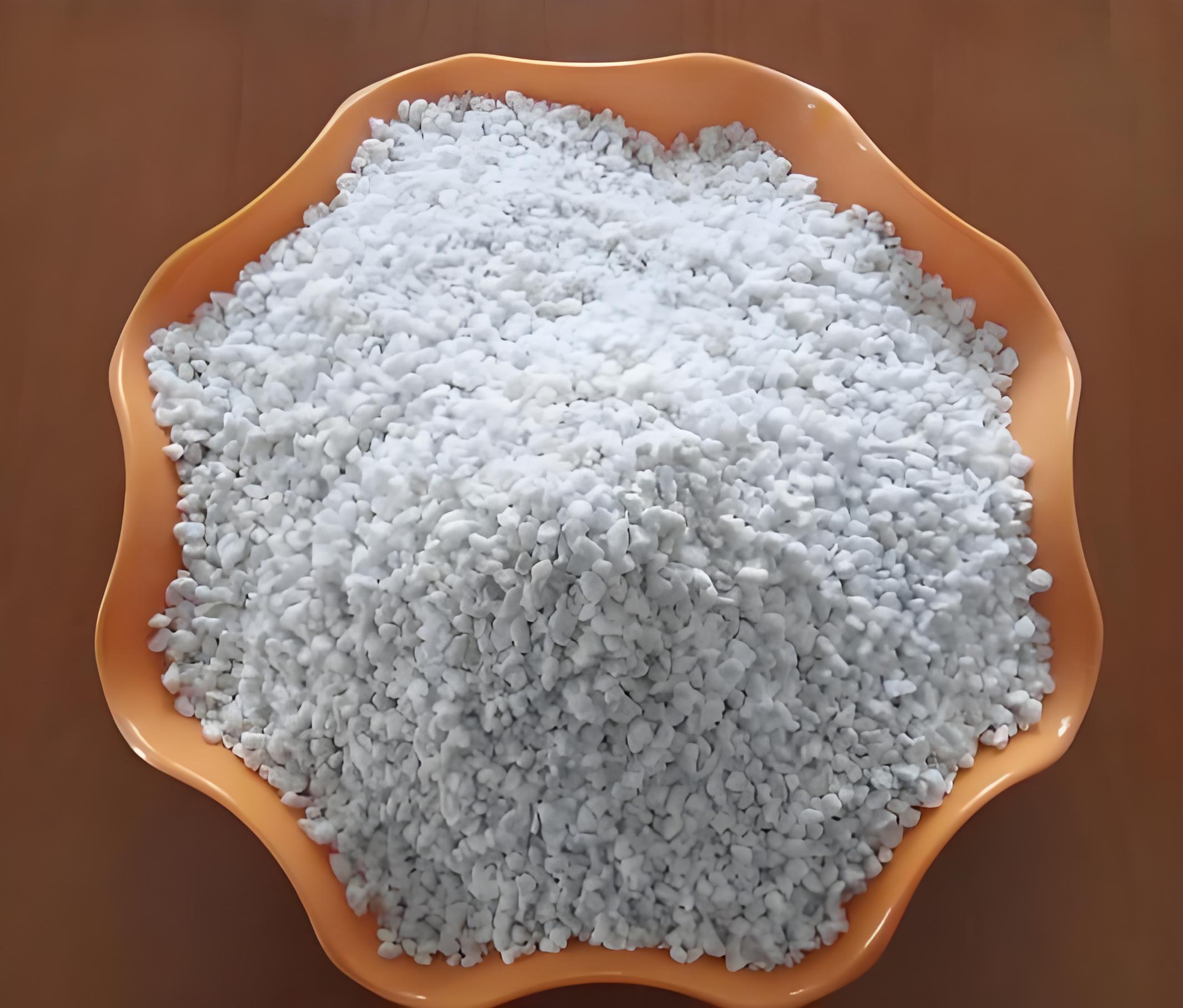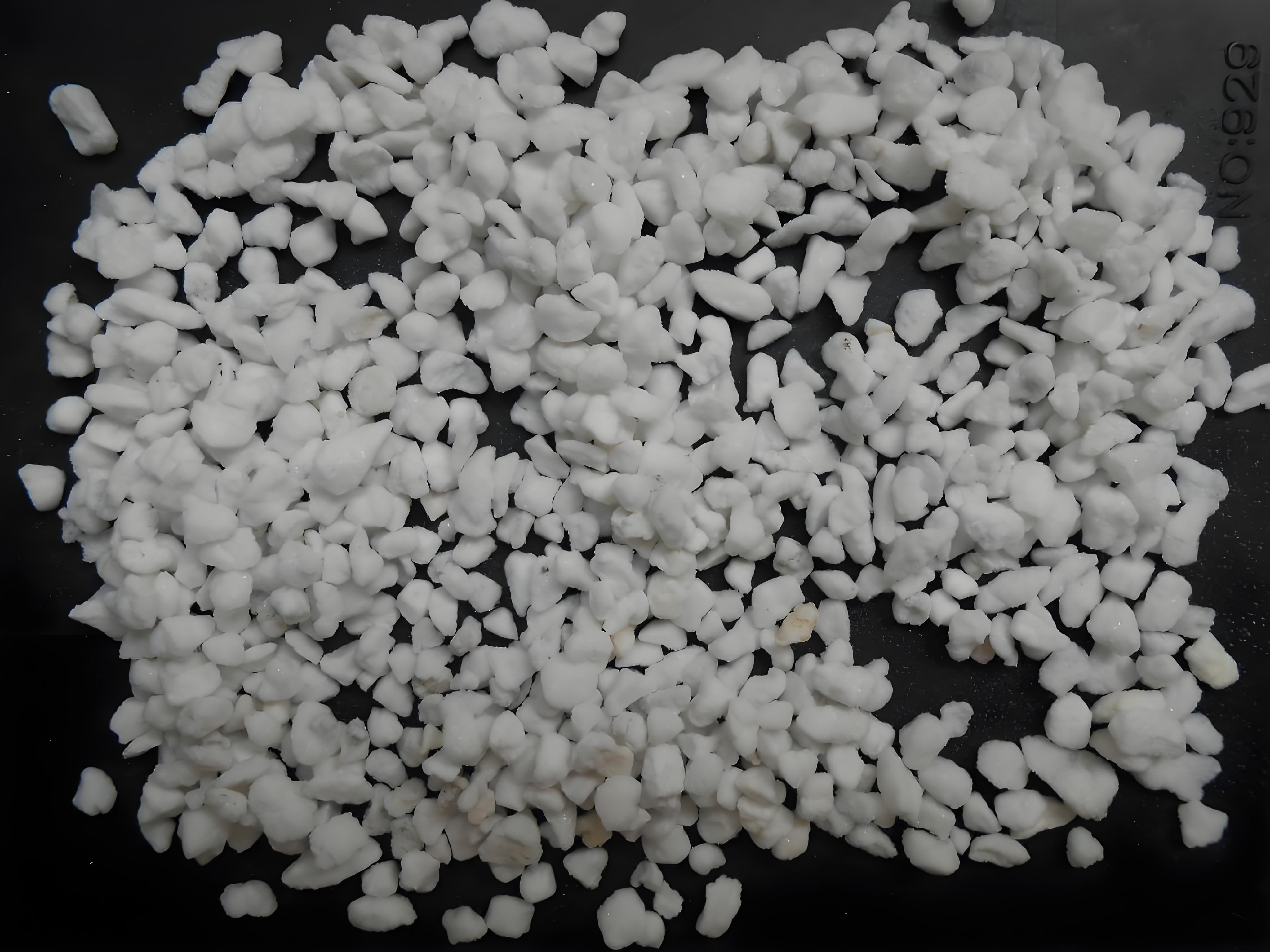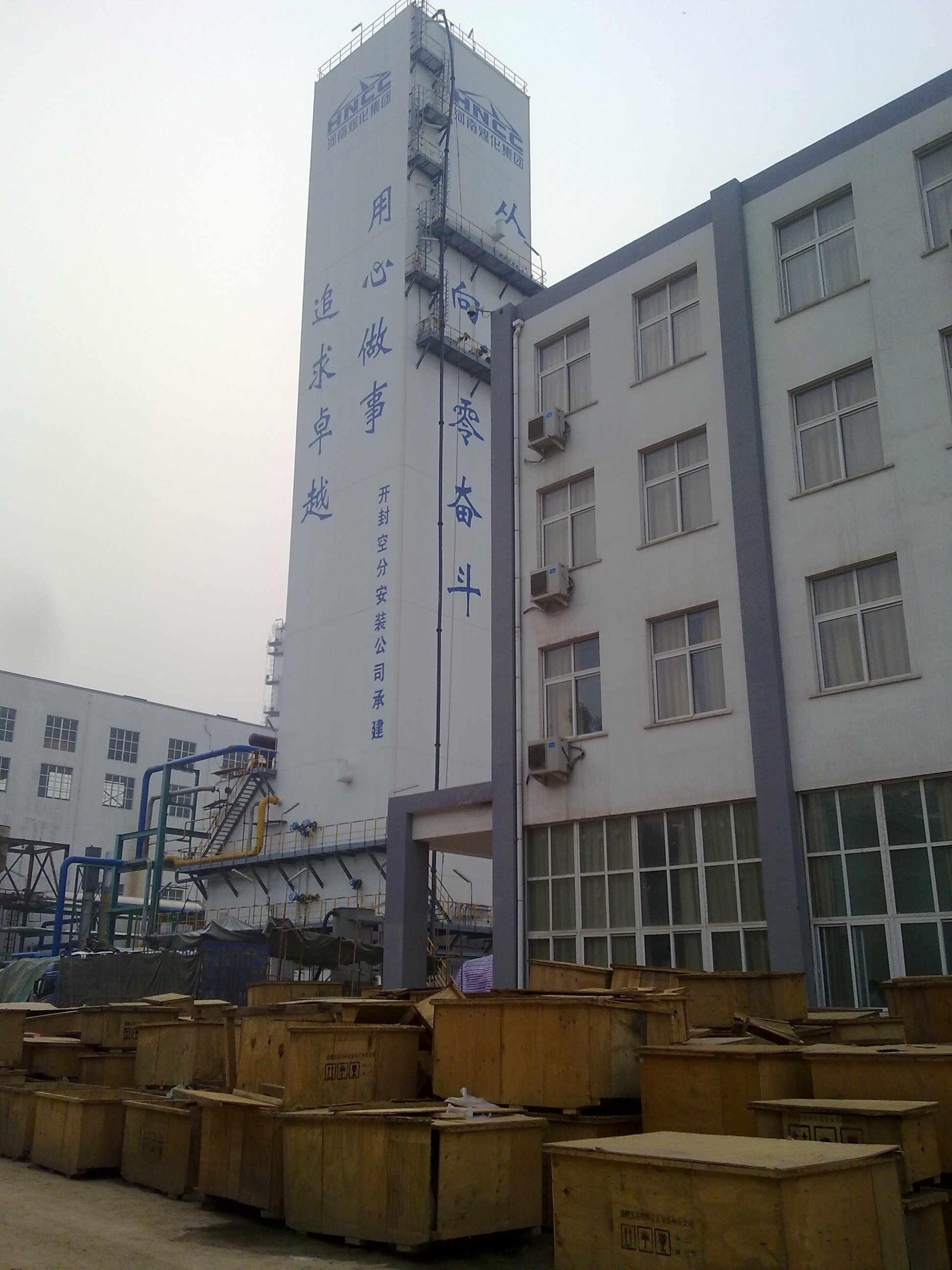Perlite pneumatic conveying
Shandong Dongkai can provide turnkey projects such as process demonstration, design, equipment production, equipment installation, and system debugging for perlite pneumatic conveying systems based on the actual production and on-site layout of perlite materials.
Perlite is a glassy rock formed by rapid cooling of acidic lava from volcanic eruptions. It is one of the valuable non-metallic minerals with outstanding high-temperature expansion properties, and is named after its pearl like fissure structure. Perlite ore includes perlite, obsidian, and turpentine. When these volcanic rocks are exposed to high temperatures, they rapidly expand by more than 5 times their volume. The resulting perlite is a lightweight porous material with excellent insulation properties and a wide range of uses, which has been used in various industrial and horticultural applications. Perlite is a commonly used building insulation material in the construction industry, commonly used for external wall insulation. Perlite has strong water absorption and is prone to water seepage and weight gain. When used for external wall insulation, an outer layer of waterproof coating is also required.
Physical characteristics:
Lightweight design, easy to move: Perlite is very lightweight due to its expanded bubble like structure. It has a low packing density and is easy to handle and transport.
Porous structure: The structure of perlite is composed of countless tiny, air filled voids or bubbles. This porosity contributes to its excellent insulation and water holding capacity.
Color: Perlite is usually white or gray, but its color may vary slightly depending on its source.
Particle size: Perlite has various particle sizes or grades, ranging from fine to coarse. The choice of brand depends on the specific application.
Insulation performance: Perlite is an effective insulation material due to its low thermal conductivity. It is used in construction and industrial applications to enhance insulation performance.
Low density: Perlite has a low density and is suitable for the production of lightweight concrete and aggregates.
Water absorption rate: Perlite has the ability to absorb and retain water, making it suitable for maintaining soil moisture and aeration in horticulture.
The pH value is neutral: The pH value of perlite leaching solution is neutral, which means it will not significantly change the pH value of the medium used, making it suitable for a wide range of applications.
chemical property:
Composition: Perlite is mainly composed of amorphous silicon dioxide (SiO2) and a small amount of water. Its chemical formula can be expressed as (SiO2) 3 · (H2O).
Stability: Perlite has stable chemical properties and is not easily reactive with other substances, which is beneficial for various applications. Inert: It is inert and does not release harmful substances or pollutants when used for gardening or construction.
Melting point: Perlite has a high melting point, making it suitable for applications that require exposure to high temperatures, such as fire-resistant materials.
Perlite is essentially insoluble in water, which contributes to its lifespan in applications such as horticultural media.
One of the key chemical properties of perlite is its ability to expand at high temperatures. This expansion is caused by the release of water vapor trapped within the structure during volcanic formation.
Multifunctional: The combination of the chemical properties and physical structure of perlite makes it a versatile material with a wide range of applications, from horticulture and filtration to insulation and lightweight aggregate production.
The combination of these physical and chemical properties makes perlite a valuable material in many industries such as construction, agriculture, and horticulture. Its lightweight, insulation and absorption properties, as well as chemical stability, make it widely popular and multifunctional.
